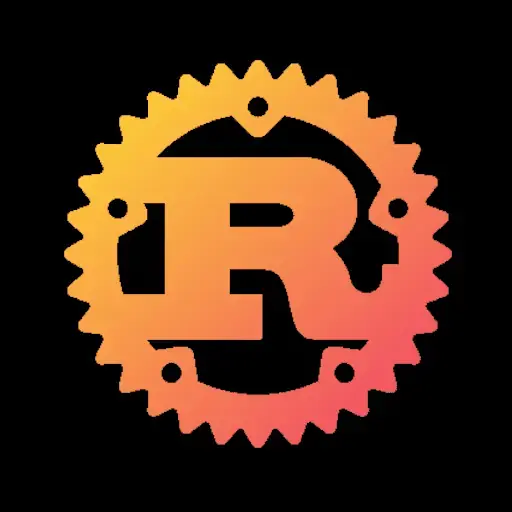

17·
23 days agoSteam might be able to fix those. But I don’t know if that would work with varnish on the wood.


Steam might be able to fix those. But I don’t know if that would work with varnish on the wood.
Zangendeutsch leckt oder Autokorrektur?


Comparing source code sizes is completely meaningless. Rust projects are usually smaller with far more granular dependencies.
It was not randomly decided. Even before arrays as a language concept existed, you would just store objects in continuous memory.
To access you would do $addr+0, $addr+1 etc. The index had to be zero-based or you would simply waste the first address.
Then in languages like C that just got a little bit of syntactic sugar where the ‘[]’ operator is a shorthand for that offset. An array is still just a memory address (i.e. a pointer).